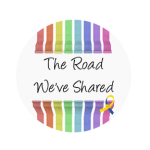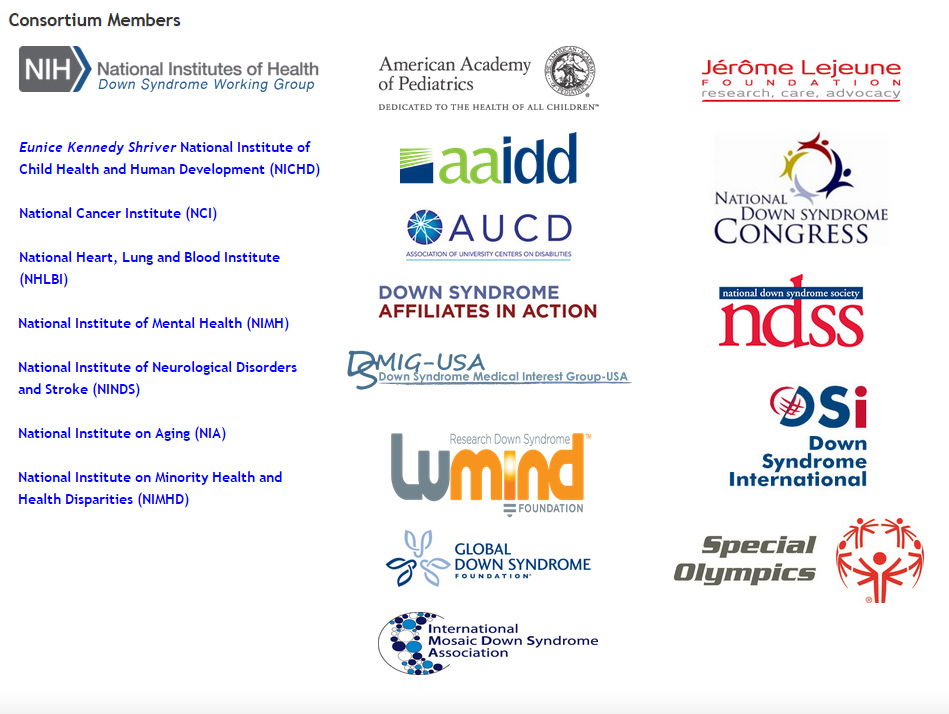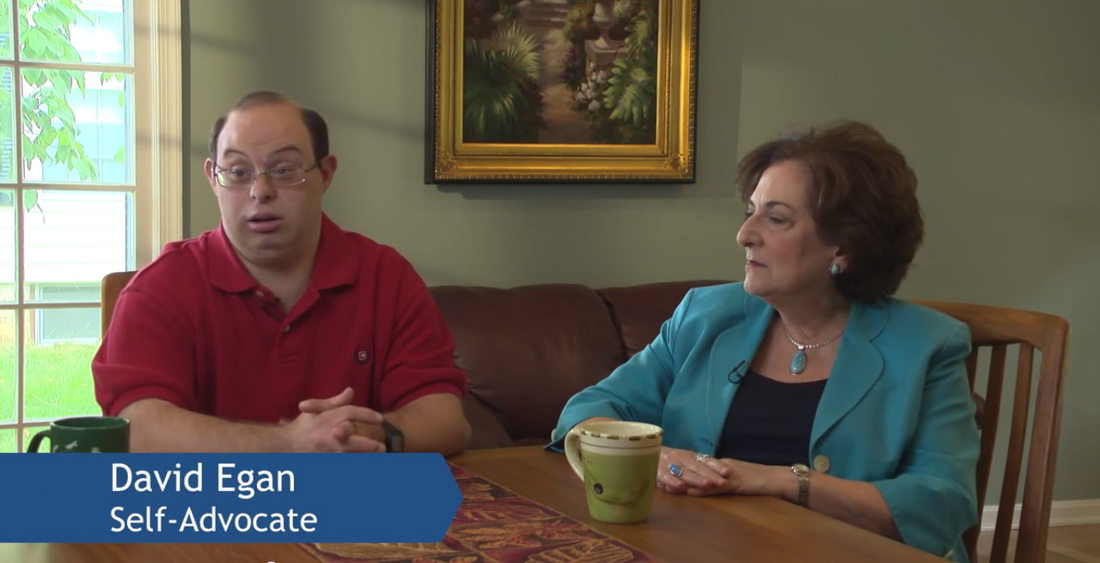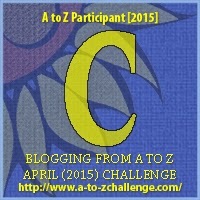 One great example of how the community comes together for the greater good is the collaboration that has happened to create the Down syndrome registry. The funding comes from NIH’s Eunice Kennedy Shriver National Institute of Child Health and Human Development (NICHD), but ongoing input comes from parents, families, and representatives from every corner of the Ds world.
One great example of how the community comes together for the greater good is the collaboration that has happened to create the Down syndrome registry. The funding comes from NIH’s Eunice Kennedy Shriver National Institute of Child Health and Human Development (NICHD), but ongoing input comes from parents, families, and representatives from every corner of the Ds world.DS-Connect®
C is also for Capone –
Dr. George T Capone that is
During the recent 321 eConference, I was in the audience when Dr. Sujata Bardhan explained how the registry works and why everyone should get DS-Connected!
Near the end of her talk, she played the video that can be found on the NIH website. I was so impressed by David Egan, a self-advocate who talks about the importance of research.
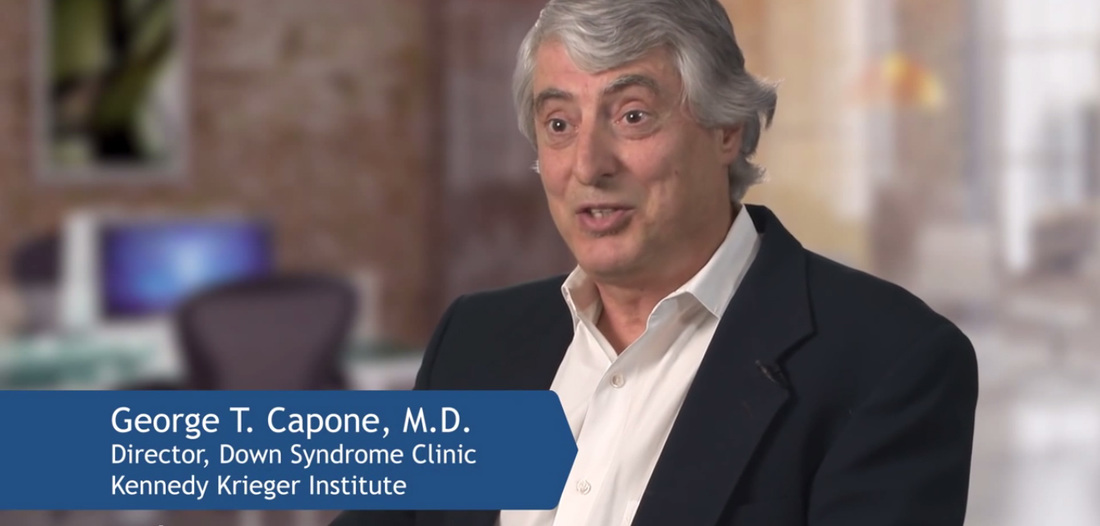
“For adults, we don’t have such guidelines in place. This is an area where we need to put more thought and planning into this – after all, most people living with Down syndrome are adults.” –
Dr. George Capone
All Together Now
As you can see, spreading the word about the Down syndrome registry is a true team effort. Self-advocates, researchers, Ds organizations, and families have all come together to say how important they think it is to get “DS-Connected.”
Check out the video and stay tuned for answers to a few questions from Dr. Bardhan later in the month.
Collaboration on The Road
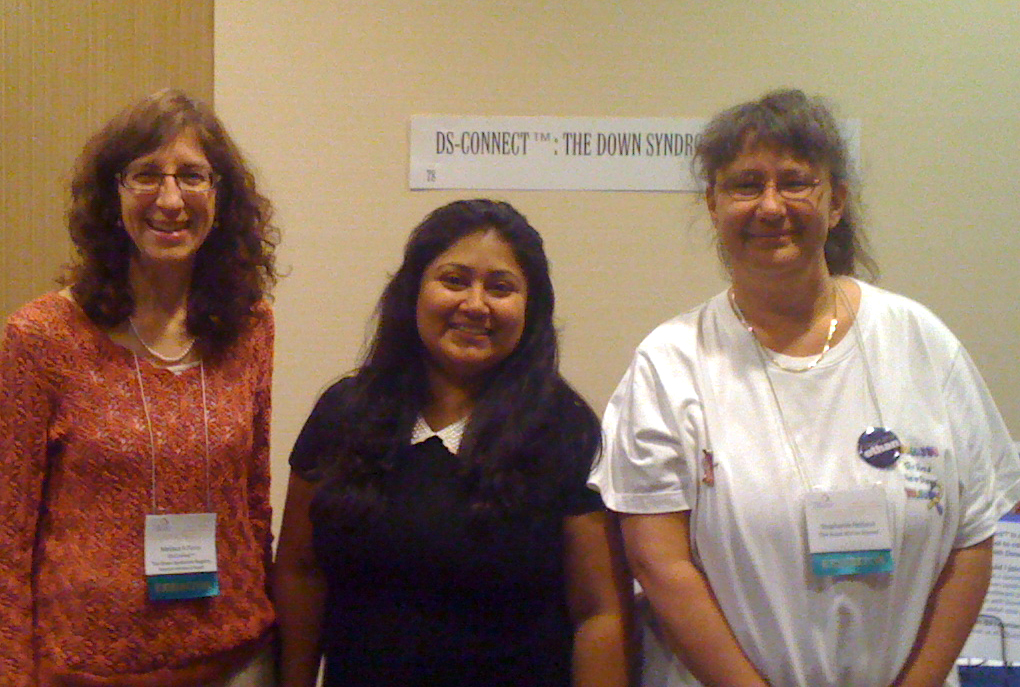
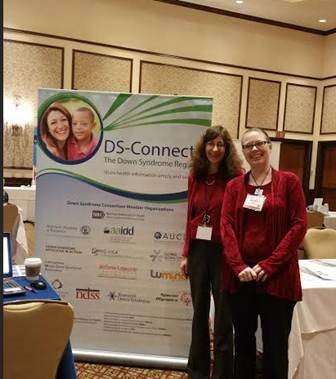
Learn more about DS-Connect from our friends Drs. Parisi and Bardhan by listening to our podcast on Blog Talk Radio
***Update from NIH
We asked our friends at NIH a few questions about Ds-Connect and here’s what they said.
1) How did NIH work with the whole Down syndrome community to develop DsConnect?
In early 2006, the National Institutes of Health (NIH) Director asked the (Eunice Kennedy Shriver National Institute of Child Health and Human Development (NICHD) to lead the formation of a Down Syndrome Working Group that would include scientists from across the NIH. The Working Group was charged with coordinating ongoing research already supported by the NIH related to Down syndrome, and to enhance new, NIH-supported research efforts. The Working Group, with input from the outside scientific and family communities and at the request of Congress, created the NIH Research Plan on Down Syndrome in 2007 to focus on genetic and neurobiological research relating to the cognitive dysfunction and the progressive late-life dementia associated with the condition. The plan aimed to build upon ongoing NIH-supported research on Down syndrome, reflect the changing lives of the individuals and families affected, and take advantage of emerging scientific opportunities.
After several years of working with scientific and family communities to achieve the various goals of the plan, the NIH created the Down Syndrome Consortium to foster communication and idea-sharing among the NIH, individuals with Down syndrome and their families, national organizations interested in Down syndrome, and pediatric and other organizations.
The Consortium meets two to three times each year to discuss research findings, potential collaborations, and progress in achieving the goals described in the NIH Research Plan. The Consortium members are actively involved in evaluating and revising the NIH Research Plan. In one of the workshop co-hosted with Global Down syndrome Foundation, a registry was identified as the next major need to move Down syndrome research forward. Hence, the NICHD led the effort to establish DS-Connect®: The Down Syndrome Registry to facilitate contacts and information sharing among families, patients, researchers and parent groups. Consortium members are actively involved in outreach efforts to the Down syndrome community to encourage families to sign up for DS-Connect®: The Down Syndrome Registry.
2) How are the members of the DsConsortium chosen?
The Down syndrome working group partner with the major national and international Down syndrome groups and formed the DS Consortium. Later, the group nominates and votes for additional members to join.
3) What are the long-term benefits of the registry?
By collecting information about people with DS, the Registry may be a catalyst for research that benefits people with DS. A registry can:
- Help connect people with DS who may be interested in participating in research to scientists who study DS.
- Speed up research in DS by collecting information that scientists can use.
- Help scientists learn why people with DS have different symptoms.
- Help healthcare providers improve how they treat people with DS.
- Advance our understanding about how and why certain treatments work or don’t work by quickly publicizing the results of studies on DS.
- Help scientists develop and test new treatments for people with DS
- Encourage new scientists to conduct research on DS
